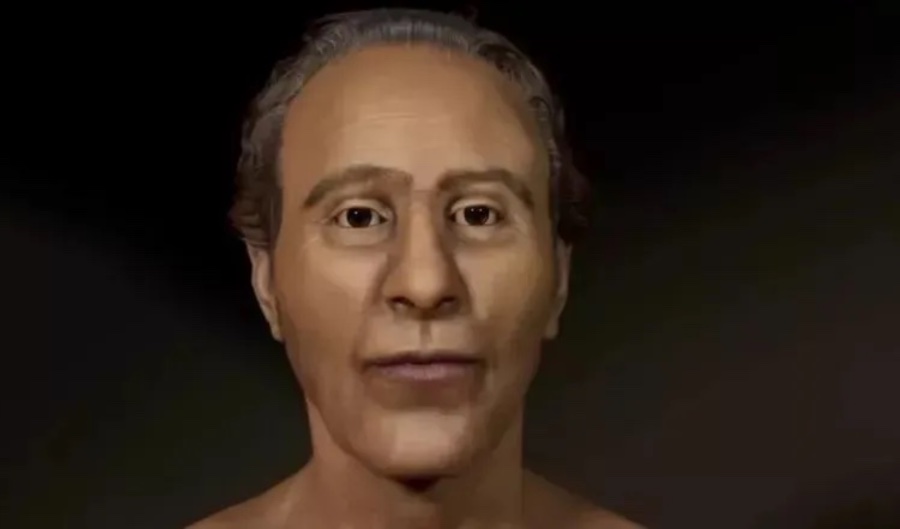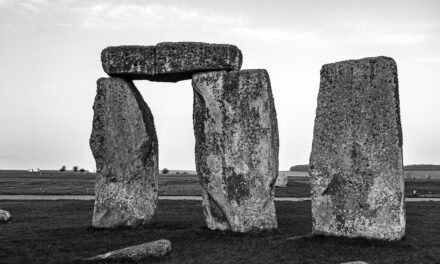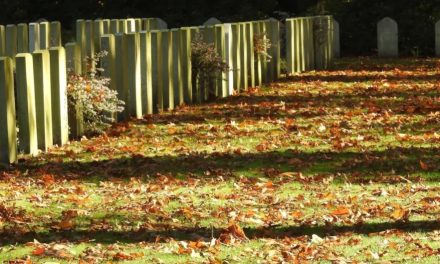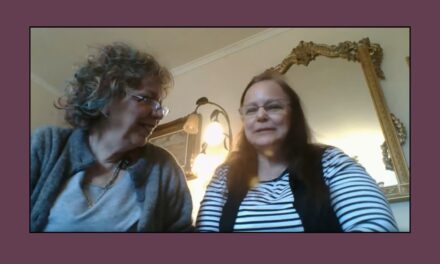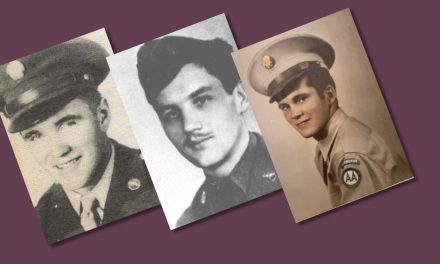Using mummified remains, the face of Ramesses II, an ancient Egyptian pharaoh, has been revealed by UK scientists.
Pharaoh Ramesses II attained the second-longest reign of any ancient Egyptian ruler. He remained in power between 1279 to 1213 B.C and his body was eventually discovered in southern Egypt (Luxor), 1881.
Researchers used both computer software and ‘reverse ageing’ to decipher what the pharaoh would have looked like during his younger years. The process was carried out by experts from the Liverpool John Moores University Face Lab in which Caroline Wilkinson is the director. Caroline commented:
The facial reconstruction process depicts the face at death, as the skull and face continue to change throughout adult life. However, we know how skulls and faces age, and it is possible to predict how a person looked at a younger age by removing some of the skeletal and soft tissue changes associated with old age, such as wrinkles, drooping nose and ears, jowls, tooth loss.
Caroline Wilkinson, director of The Liverpool John Moores University Face Lab
There are a number of beneficial attributes linked to the process of facial reconstruction. In modern-day times, it can be used to envision historical figures, thus helping us to better understand our past, or even help identify missing people in current police investigations. As a result, it is crucial the depictions are accurate. Caroline continues:
We have tested our methods using CT [scans] from living donors and we have evaluated the facial reconstruction using a geometric comparison that shows approximately 70 per cent [of the] surface of the facial reconstruction with less than 2 millimetres of error.
Ancient Egyptian mummies are fairly well preserved with factors such as ear shape, creases and hair pattern allowing experts to comprehend what they would have looked like. Consequently, this increases the level of accuracy in their reconstruction. However, as Caroline explains, this is not the say the process is entirely problem-free:
The difficult part is what comes after shape—the surface textures, skin/eye/hair colours—these textures/colours are estimated through discussions with Egyptology experts as the most likely appearance.
The age regression was the most challenging aspect as this involved changing both [Ramesses II’s] skeletal structure and his facial appearance.
Professor of radiology at Cario University, Sahar Saleem, used a CT scanner to create a 3D model of Ramesses’ head. This was later used by Caroline, who, in recent years, has become experienced in the process of historical facial reconstructions. Wilkinson has recreated England’s King Richard III and Saint Nicholas (aka Father Christmas) too!
Wilkinson’s team have also collaborated with John Hopkins Archaeological Museum to recreate other ancient Egyptian figures. In 2018, they reconstructed the faces of two collectors’ mummies—the Goucher Mummy and the Cohen Mummy. The team have also just finished working on the facial depiction of a Viking from a burial site at St. John’s College, Oxford in the U.K.
